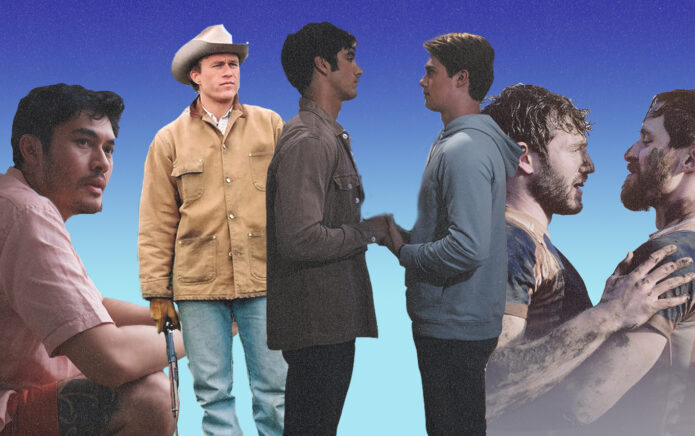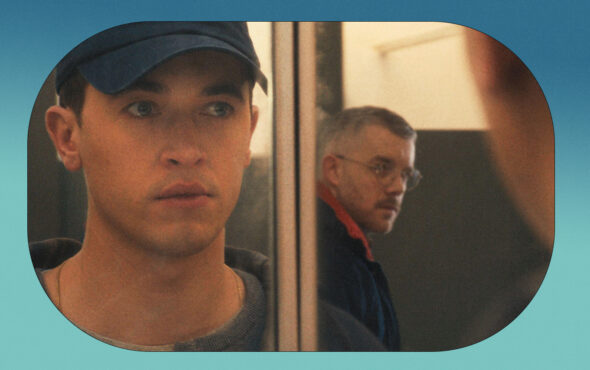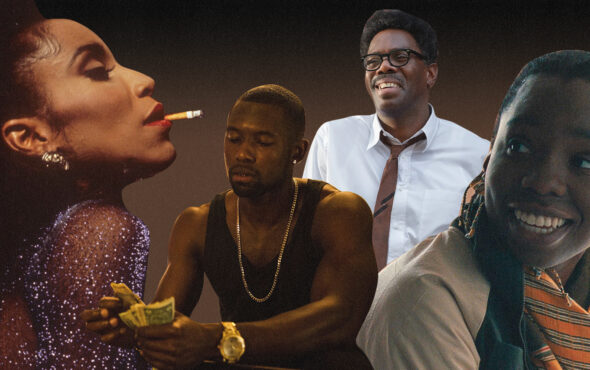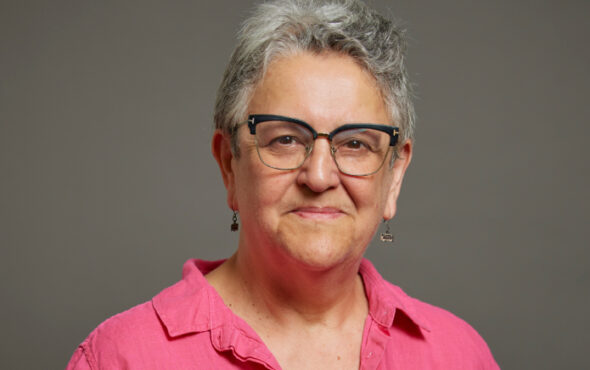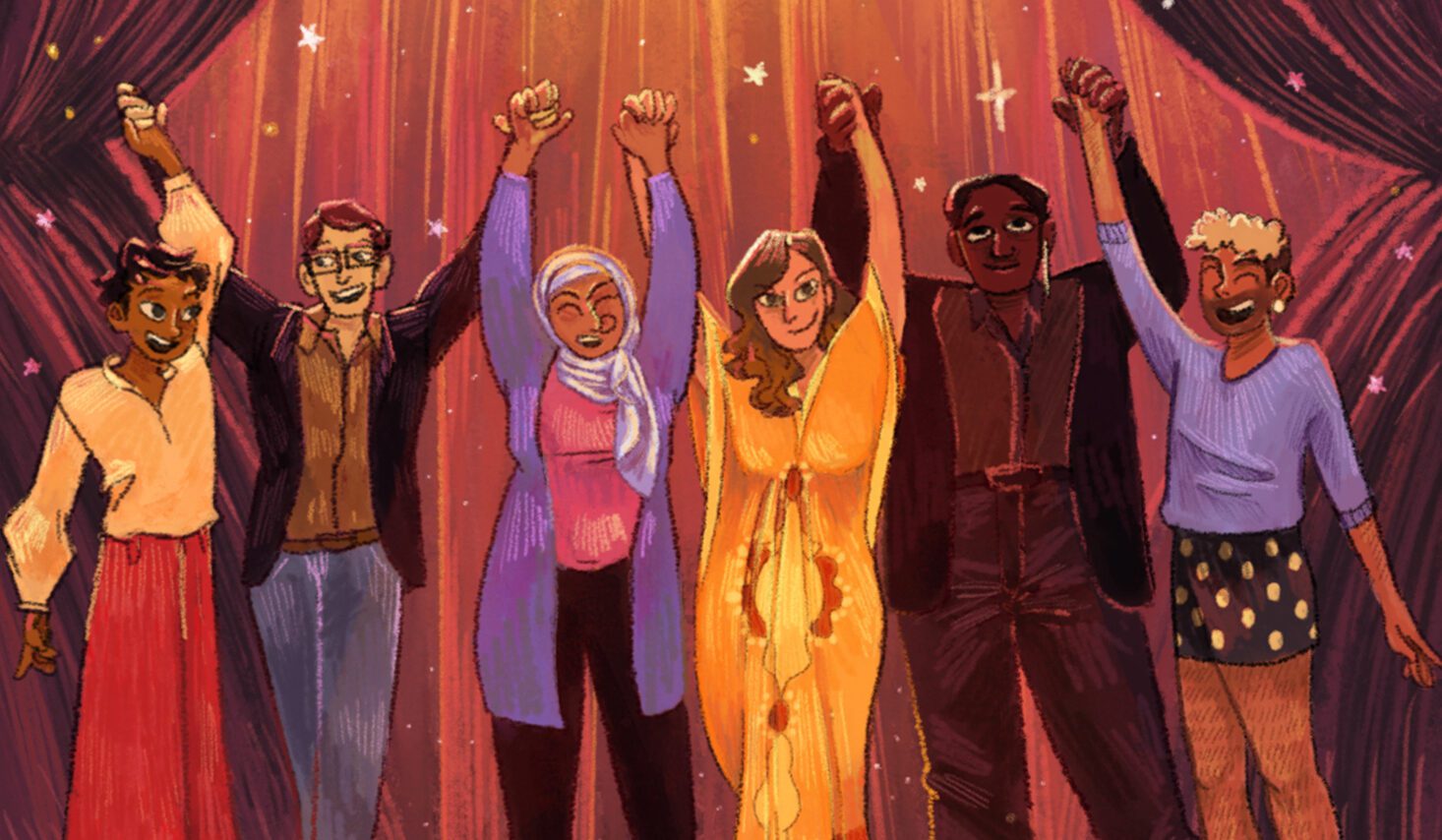
With activism and community-centred storytelling at its heart, The Queer Muslim Project (TQMP) has a global presence working with LGBTQIA+ Muslim youth, helping to challenge stigmas and misconceptions through digital art and faith-based dialogue.
Starting as a Facebook page in 2017, the collective has helped establish opportunities for self-representation and leadership for underserved artists, creators and activists. Since then, TQMP has made huge inroads in media – with the support of the LGBTQIA+ community foundation GiveOut – working with Netflix, Instagram, the British Council and the BBC to uplift queer artists in South Asia and around the world.
Elsewhere, TQMP has partnered with the British Council to curate films for its LGBTQIA+ film festival, Five Films for Freedom — these moments are integral in cultivating spaces of belonging and inclusivity. Amassing a community of over 35,000 people, TQMP remains a vital resource for online tools and creating safe offline community spaces for queer Muslims.
We spoke with Rafiul Alom Rahman, TQMP’s founder, and Maniza Khalid, Programmes and Innovations Officer, to find out more about their work.
This interview has been edited and condensed for clarity.
TQMP has run some brilliant initiatives such as encouraging creative dialogue and fostering community relationships. How do these events relate to TQMP’s mission?
Rafi: Our work looks at what narratives exist and how we can shift that. We are also considering what kinds of narratives we want to recover from our culture. But, also, how do you challenge certain narratives within South Asia or South Asian communities and faith-based communities? How do you simultaneously look for narratives within Islam or within these communities, rooted in our context that have the potential to allow us to build new understanding?
In December 2022, we convened 10 queer Muslim artists, creators and filmmakers from across South Asia in Nepal. We discussed narrative change but also sought to build diversity among underrepresented queer artists of intersectional backgrounds.
Having a bunch of queer Muslims come together was so powerful, so magnetic. We started to ask, how do we give them the resources, networks and connections to tell stories that can create change? To do that, we have to understand what our cultures are and the complexities within them. Then we have to consider how to build their capacity as artists, so their stories become the vehicle for change.
That’s been a consistent focus, in addition to what you see online, like our digital campaigns or content. We work with creators who are queer Muslim as well as those from the larger queer community, focusing on artist development and centring the voices of artists from marginalised communities.
Storytelling and inclusivity seem pivotal to TQMP. How do you use these skills to support LGBTQIA+ Muslim youth?
Rafi: We’ve realised the power of cross-cultural collaboration. So many of our poets’ backgrounds are rooted in local contexts, with several strong diaspora voices. We have Language is a Queer Thing, an India-UK poetry exchange programme. Last year’s cohort of poets performed at the BBC Contains Strong Language Festival in Birmingham. This year, our second cohort will be performing for the same festival, this time in Leeds for the Year of Culture programme.
Another programme we’ve recently launched in partnership with Netflix is called the QueerFrames Screenwriting Lab. We’re looking to select 10 queer screenwriters from across India, from diverse communities, who can create new frames of reference for us to see queer stories on the screen.
We also have the Queer Writers’ Room, for South Asian writers aged 18-25. We finished the first run of that programme in June and we are now preparing for next year. There’s a common thread of stories, really working with storytellers, shifting the narrative and telling our own stories in our own voice.
Maniza: During Pride Month this year, we held an event called Queer Storytellers at the Forefront of Change. It was the culmination of the Queer Writers’ Room. The writers produced new work, compiled through a beautiful zine featuring photography and artwork by queer artists from all over South Asia – Nepal, Pakistan, Bangladesh, Sri Lanka and India. There, we discussed the future of storytelling itself. I think we all agree – as do organisations, institutions and lots of influential folks in our ecosystem – that yes, storytelling is important.
When we talk about queer stories, why is it that we mainly see one archetype of queerness making its way to pop culture, to novels, in publishing? How can you generate interest among audiences, but also share diverse and nuanced stories that hold space for the messiness and really ordinary things in queer, Muslim, Dalit, trans, Desi lives?
It’s exciting to be spearheading something like the Screenwriting Lab in our region. We’re really excited about connecting with some wonderful queer directors and mentors – people who have firm roots in the industry.
Speaking of queer narratives, how is TQMP helping to promote safe approaches to identity and ‘coming out’ as an LGBTQIA+ person?
Maniza: We’ve had many conversations about this – with the community, with each other. We can’t think of it in a binaristic way of being “out” versus being closeted. It implies you can only be one or the other. But especially for queer Muslims, there are spaces where you are selective about what part of your identity you put out there.
There are so many aspects to our queerness, so many aspects to our Muslimness. There’s so much more to our identities. I think it makes you realise that putting your queerness out in this way doesn’t automatically liberate you. It’s not as simple as it seems in Love, Simon or other really heartwarming films we enjoy.
Visibility can be a double-edged sword. There are pros and cons to it. When you’re visible, I feel like it’s very freeing because you’ve already crossed a certain threshold, but you also hold so much social responsibility. Because how many queer Muslims are out there, who owns that? How many of them are publicly, visibly presenting their narratives to the world?
Through our work, we’re very careful about partial visibility or playing with the idea of visibility. People use a pseudonym when they want their work published, for instance, or they don’t use their full name or don’t make public appearances.
We play with visibility and we try to use it very frugally because there are consequences to think of, in different contexts. We’d never pressure anyone or any community to be out because we don’t think it’s inherently advantageous.
How do you hope TQMP is able to rewrite preconceptions about queerness and Muslim identity?
Rafi: I think we need to be open to more diverse interpretations of the Quran and Islamic scriptures. There’s so much time, effort and labour that queer feminist Islamic scholars are putting into this. There is a new discourse that is allowing us to see Islam from a more queer-affirming lens.
We can do our bit in educating and informing people about the alternative perspectives that are available. There are groups like Muslims for Progressive Values who have collated a bunch of queer Muslim resources on their website.
We all have to let go of our prejudices and our biases. When you grow up in a Muslim family, you grow up in a Muslim community and can establish certain prejudices about queerness, which you can start internalising.
For me personally, one of the most powerful moments that helped me shift this was when I met Dr Amina Wadud [also known as the Lady Imam] in person at a queer Muslim gathering in Nepal. I remember there was a jummah (Friday prayer) that we did.
It was mixed-gender and open to people to just be there. You did not have to be a certain kind [of Muslim] to be whole in that prayer space. That sort of radical understanding of equality within our faith is so important. Dr Amina Wadud was guiding and doing the khutbah (sermon), but I think it was a very community-led prayer space. Some spaces will not offer you that, but where are the other spaces that can offer something [safe] like that?
How has TQMP been received by different communities?
Rafi: What keeps us going is the messages from young queer Muslims around the world who share that they feel seen and heard.
There are a lot of non-Muslim allies too, who reach out to us, love our work and support us. It’s been slow and steady for us, and I think that’s where we want to be. The community is important because we are a community-driven initiative.
We have been working closely with GiveOut since 2020, and they have been an amazing partner to work with. At a time when funding is being slashed for LGBTQIA+ rights around the world, their support has helped us realise some of the important culture change work we do with artists, activists and local communities in South Asia. Not just this, I also deeply appreciate their openness to feedback and learning, which makes the work so much more meaningful and rewarding. At TQMP, our goal is to work out how to bridge existing conversations and consolidate our voices.
As for the future of TQMP, what do you have planned next?
Rafi: We are open to building partnerships with different festivals, platforms and institutions, allowing for queer artists to excel, tell their stories and be resourced. One of the big challenges is that artists are often underpaid or there are very few resourcing opportunities.
Faith cuts through all of our work, and we have a lot of nuanced conversations on faith and identity. We are also looking at possibilities of empowering artists and creating pathways for them in the creative industry. We hope that in doing so, we can really enable them to find that kind of leadership and space and voice.
The Queer Muslim Project can be found on Instagram and you can read more about GiveOut here.
